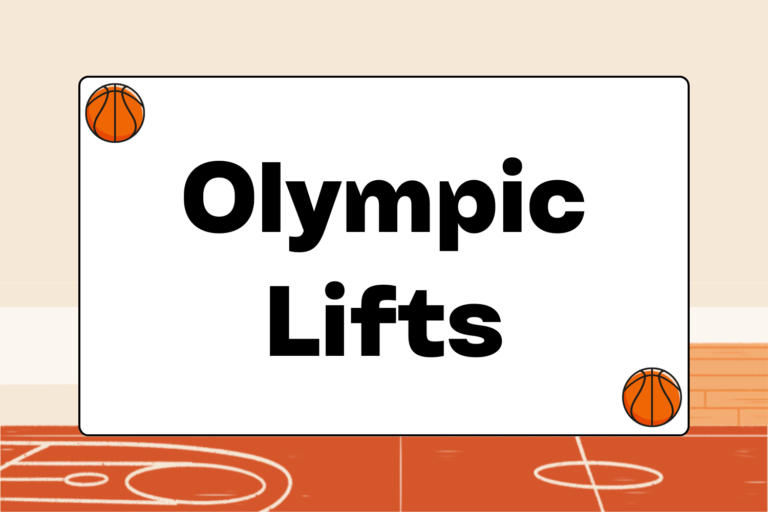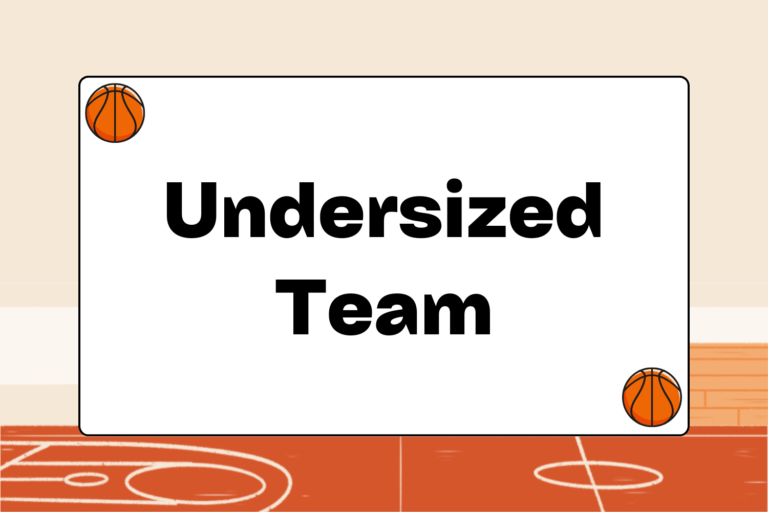In basketball there are two ways to move the ball: The pass or the dribble. Passing is the preferred and quicker method, but it’s not always a feasible option. Defenses are designed to limit passing opportunities. Consequentially, dribbling is sometimes unavoidable and therefore a skill that every player should be able to do effectively, regardless of what position you play.
Enthusiastic new players often want to learn how to execute dribbling tricks. But, new players must remember that you have to crawl before you can walk. The goal of a beginner is to develop the ability to maintain a stable dribble and although the basic move is relatively easy to execute, mastery of the skill requires dedication and hours of practice.
Dribbling Basics
The first step is to master the fundamentals of ball handling. Once you learn the basics, just practice, practice, practice and you’ll be a seasoned ball handler in no time.
Follow the six steps below to get started:
- Grab a basketball and make sure it’s properly inflated. Hold the ball our directly in front of your body, arm parallel to the ground, and simply drop the ball (don’t bounce it). The ball is properly inflated if it bounces back to about waist-height.
- Start with your feet shoulder-width apart and knees slightly bent. This stance will allow you to stay balanced.
- Place the ball in your dominant hand.
- Begin to push the ball down towards the floor by spreading your fingers and flexing your wrist. You shouldn’t move your entire arm—start with this simple hand and wrist motion, and focus on controlling the ball.
- When the ball bounces off the floor and back towards your hand, make contact on the top of the ball with your fingertips and once again flex your wrist to push the ball back towards the floor.
- Repeat step 5 continuously to dribble the ball.
All players should learn to dribble equally well with both hands, so once you master the basic dribble using your dominant hand, try doing the same drill with your weak hand. Having some measure of ambidextrous ability will open up your offensive game.
Hot Tip: Keep Your Head Up
It’s important to remember that dribbling is a skill based on touch, not sight. The ball handler depends on the sense of touch or feeling rather than sight to execute and control the dribble. This adjustment allows players to handle the ball while still keeping the head upright.
Now What?
Players rarely dribble in place during actual games, so once you have a handle on the basic standing dribble, try adding movement and a defender. The moves below will help you protect the ball from those pesky defenders:
The Arm Bar
The first maneuver any new dribbler should add to their ball handling repertoire is the arm bar. The “arm bar” refers to when the dribbler uses the opposite (non-dribbling) hand to create a barrier between the ball and the defender. Using the arm bar is perfectly legal as long as the ball handler does not use the arm to push or hook the defender.
Dribble Types
There are two basic types of dribbling: The low dribble and the speed dribble. Both types offer specific advantages for different situations.
Low Dribble
This type of dribble should be used when the player with the ball is closely guarded or surrounded by defensive players.
Follow the steps below to execute the low dribble:
- Start in a staggered stance—knees bent with the ball-side foot slightly back from the center of your body.
- Begin to dribble the ball using a low controlled stroke in order to keep the dribble close to the floor.
- As you move forward with the dribble, do so with a low sliding movement—similar to defensive slides or short steps.
Speed Dribble
This type of dribble should be used when advancing the ball in the open court. Since you are not being tightly guarded, speed (and not keeping the ball protected from the defense) should be the top priority.
Follow the steps below to execute the speed dribble:
- Start in an athletic position—knees slightly bent with feet shoulder width apart.
- Because the emphasis is on speed, this type of dribble will require the ball handler to take large strides while dribbling.
- The best way to maintain control of the ball while executing the speed dribble is to keep the ball out in front of the body at all times—the player should essentially push the ball ahead to lead the way.
- The faster the dribbler is moving the further out in front the ball should be bounced.
Fun Fact:
Dribbling was non-existent in early basketball games. In fact dribbling didn’t appear until 1910, almost twenty years after the sport was invented. And even though players were allowed to dribble the ball as early as 1910 they were not allowed to shoot once they had dribbled. It was not until 1916, following heated debate, that players were afforded the privilege of shooting off the dribble.
You Can’t Do That!
The last thing you want to do is cause a turnover because you’ve committed a ball handling violation. Here is an official break-down of the rules for dribbling, so you know what not to do when in possession of the ball.
According to the National Federation of State High School rule book (4-13-15a-c), the act of dribbling officially ends when any of the following occur:
- The dribbler catches or causes the ball to come to rest in one or both hands.
- The dribbler palms/carries the ball by allowing it to come to rest in one or both hands.
- The dribbler simultaneously touches the ball with both hands.
Once a player terminates their dribble through any of the above, it is illegal to resume dribbling.
That’s the Way the Ball Bounces
Although dribbling is a simple skill to execute, becoming a proficient ball handler requires hard work and dedication. Once you’ve got the basics down, check out other guides on advance dribbling techniques. Until then, happy practicing!





